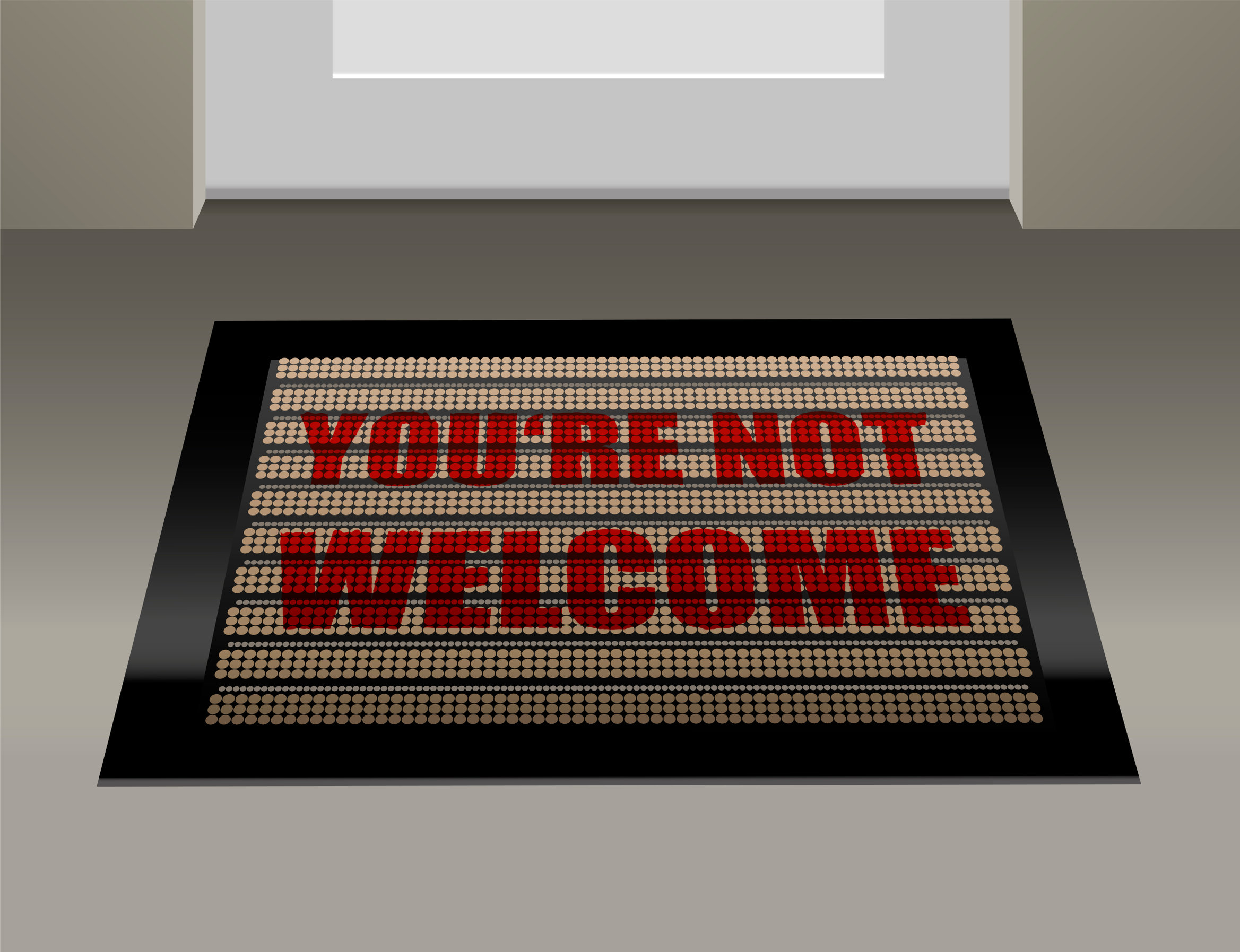Despite an influx of state aid to public schools, some districts will spend less on instruction as a percentage of their total budget than they did last year. That’s according to numbers from the Kansas State Department of Education.
Kansas legislators allocated an additional $293 million funding to public schools this year, but the Kansas Supreme Court ruled the school funding mechanism unconstitutional. The Court gave lawmakers an April 2018 deadline to come up with something new. Lawyers for the plaintiffs have suggested schools need another $600 million.
New funding doesn’t necessarily end up in the classroom, according to former Speaker of the Kansas House Mike O’Neal.
“It’s not a funding problem. It’s an allocation of resources problem,” O’Neal says.

Local school boards determine how federal, local and state dollars are allocated. The Kansas City, Kansas, School District and the Dodge City School District, two of the four plaintiffs in the ongoing law suit, are spending less on instruction as a percentage of their budgets this year compared to last, despite extra funding this year. Instruction spending includes things like teacher salaries and also things like a $47,000 grand piano the KCK district purchased in 2015.
Lawmakers put into statute an objective for schools to spend 65 percent of aid in the classroom, but school districts have yet to meet that policy goal. Districts diverted 54.73 percent of funds to the classroom back in 2008. This year, they’ll spend about 52.92 percent of funding in the classroom.
Though state lawmakers are on the hook for the largest chunk of funding to districts, local officials decide whether to funnel that money to classrooms, administrators, or building projects. Debt spending –or bond issue projects–can’t be diverted to classrooms. However, when districts fund building projects, the state chips in additional aid to support the project, using funding that could have been used for instruction. In general, districts with less debt spend more of their budgets on instruction.
The Hays School District, for example, has budgeted to spend 6.91 percent of its budget on capital debt compared to the statewide average of 15.08 percent. The district funnels a much larger chunk of its funding to classrooms than the state average. In 2017, Hays will spend spent 66.46 percent of the budget–or $8,679 per pupil–on instruction compared to the state average of 52.92 percent.
Dave Trabert, president of the Kansas Policy Institute, says the state spent $181 million to support school building projects last year, compared to only $52.2 million in 2005.
“Had that piece of state aid held steady, another $661 million would have been available for operating aid,” Trabert said. “New buildings often cost more to operate, which also diverts aid that could be used for instruction.”
An interim committee of legislators will meet next month to study school finance prior to the 2018 session. The Court gave lawmakers an April 2018 deadline to devise a new school funding mechanism. The committee will be tasked with making recommendations to the full Senate and House, but giving schools more money doesn’t force schools to spend it effectively or efficiently, Trabert says.
“And that’s largely the reason that simply spending more money never has–and never will–cause achievement to improve,” he said.
The KCK school board opted to spend less per student on instruction while increasing the amount of money it spends per pupil for administration. In 2016, the district spent $1,276 per pupil, about 8.8 percent of the budget, on administrators. This year, KCK will spend $,1547 per pupil, or 10.4 percent of funding, on administration. Administration funding includes salaries for the superintendent of schools and the district’s lobbyist.
O’Neal says the legislature is likely to keep sending more money to schools in the face of demands from the Supreme Court.
“And the schools will keep buying Suburbans and not educating Johnny and Suzie,” O’Neal said.
Find specific information about your school district here.



